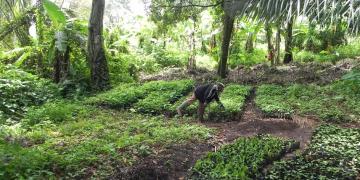Identification of a Suitable Community-Based Organization (ALOCA)
Organization of Community Meetings with Landowners (Local Barazas)
Agreement on Designating and Demarcating Restoration Sites
Raising Awareness on Restoration and Livelihood Opportunities for Maasai Women and Youth
Monitoring and Reporting on Restoration Progress
